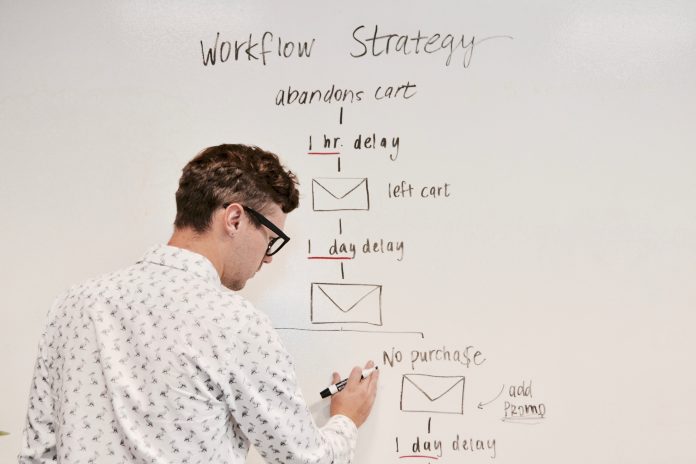Designing and creating email marketing automated journeys involves mapping out the customer journey and determining the triggers and actions that will initiate and guide the email flow. Here are the steps to help you design and create effective email marketing automated journeys:
- Define Your Goals: Start by identifying the goals you want to achieve with your email marketing campaigns. Do you want to increase sales, nurture leads, onboard new customers, or re-engage inactive subscribers? Clearly define your objectives to align your automated journey accordingly.
- Understand Your Audience: Develop a deep understanding of your target audience. Segment your email list based on demographics, behaviour, interests, or any other relevant criteria. This will allow you to send more personalised and targeted emails.
- Map the Customer Journey: Visualise the customer journey from the moment someone enters your email list to the desired outcome. Identify key touchpoints and actions along the way. This could include subscribing to your list, making a purchase, abandoning a cart, or showing interest in specific products or services.
- Determine Triggers and Actions: Based on the customer journey map, identify triggers that will initiate email automation. Triggers can include specific actions taken by subscribers, such as signing up, making a purchase, or clicking on a particular link. Determine the actions or emails that will be sent in response to these triggers.
- Craft Relevant Email Content: Create compelling and relevant email content for each stage of the customer journey. Consider the purpose of each email and how it aligns with the overall goal. Examples of email content include welcome emails, product recommendations, educational content, exclusive offers, and re-engagement campaigns.
- Set Email Timings and Frequency: Determine the appropriate timings and frequency for each email in your automated journey. Consider factors such as customer behaviour, engagement patterns, and the desired outcome. You may want to space out emails to avoid overwhelming subscribers or adjust the timing based on specific triggers or actions.
- Implement Marketing Automation Software: Choose a marketing automation platform that fits your needs and integrates with your email marketing provider.
- Test and Optimise: Before launching your automated journey, test each email to ensure it displays correctly across different devices and email clients. Also, review the email flow and logic to ensure it aligns with your goals. Monitor performance metrics such as open rates, click-through rates, and conversion rates to identify areas for improvement and optimise your email journey over time.
- Monitor and Refine: Regularly monitor the performance of your automated journeys. Analyse the data to identify areas where you can improve engagement and conversion rates. Make data-driven decisions and refine your email content, timings, triggers, and actions to achieve better results.
Remember, the key to successful email marketing automation is delivering relevant and valuable content to your subscribers based on their actions and preferences. Continuously analyse and adapt your automated journeys to meet your customers’ needs and drive your desired outcomes.


